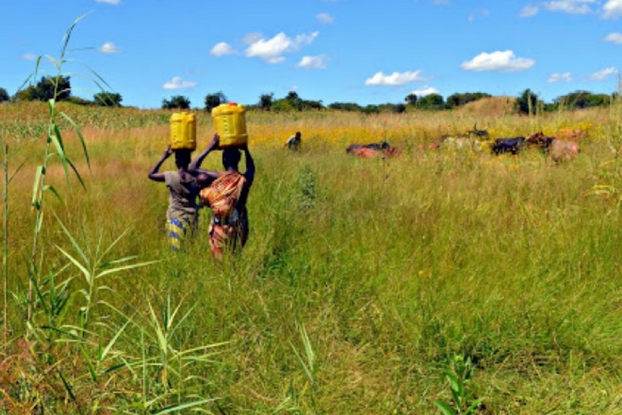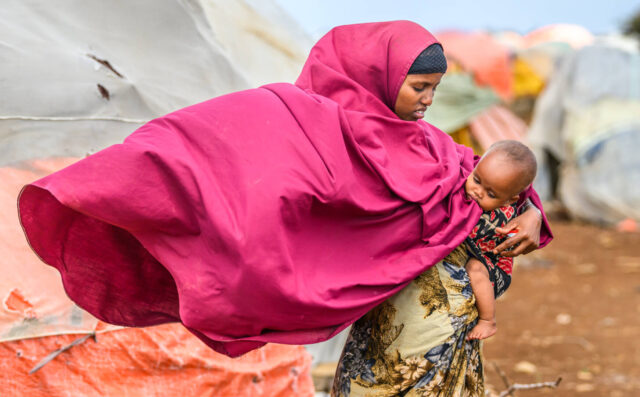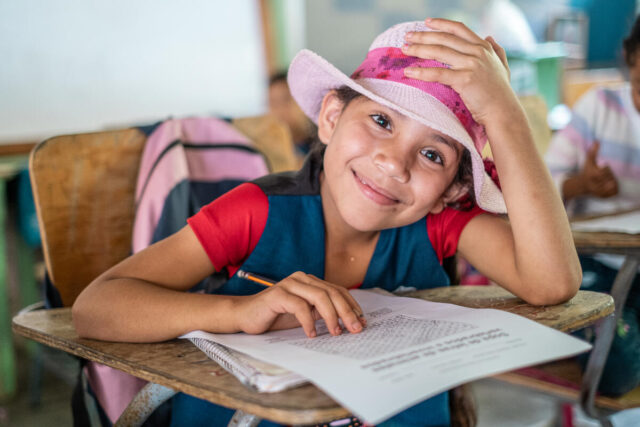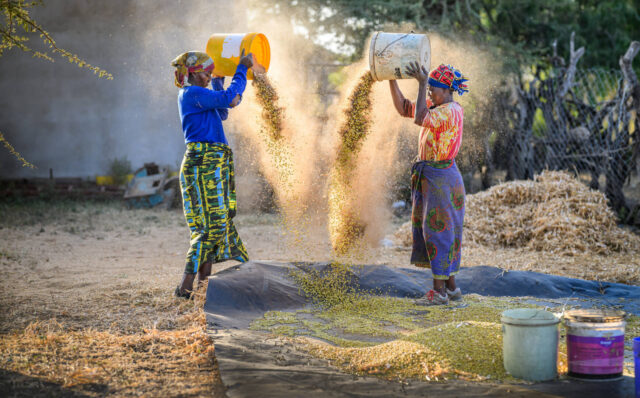Have you ever been lost in the woods — literally or figuratively? Have you rationed your resources, preparing for the worst? Families who can’t access clean water feel this kind of desperation every day. Blogger Rachel Teodoro has met some of these families. Read one of their stories, and learn a simple way you can give them hope!
* * *
It was a bright, sunny day about 10 years ago that I decided to take my three young kids on a bike ride on some trails near our home. They brought along their bikes, I brought along some snacks, and we headed off for what I thought was going to a be a quick trek to help burn off some energy.
I have a pretty good sense of direction when I’m on the road, but not so much when I’m on a trail. Every tree, every hill, every fork in the road looks exactly the same to me, and I get disoriented very easily. When our quick trip wasn’t looping back to familiar territory, I started to get nervous.
We must have gone off the normal path because just when I thought we would turn a corner and come to something familiar, we would come to an unfamiliar fork in the path, and I wasn’t sure which way to go. On the outside, I kept my spirits up even as the kids started grumbling, but on the inside, I started panicking. I started rationing the snacks and the water since I wasn’t quite sure how long we would be lost in the woods. It may seem silly now, but I was starting to feel pretty frantic.
Fortunately for us, we eventually wandered onto a path that led us out of woods, but many people, in much more desperate circumstances than we found ourselves in, aren’t so lucky.
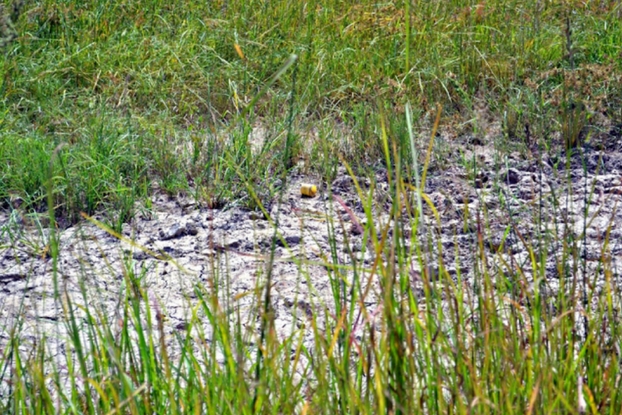
A few years ago, I traveled to a small rural community in Zambia (read more about my trip here) where I met two sisters named Ivy and Charity. They were both married and lived with their young families on the same plot of land sharing the responsibilities of farm life with each other.
I had spent the week seeing cases of extreme poverty, so when I saw that they had farm equipment and a herd of cattle, I knew this family was different. This family seemed to have everything they needed to be successful, but they lacked one very important item.
They didn’t have access to clean water.
They were in the midst of a drought and the closest water source — more than a mile away — was dried up. They now had to walk for miles to get dirty water that they said tasted like urine and made them gag. Water that they shared with livestock. Water that made them sick.
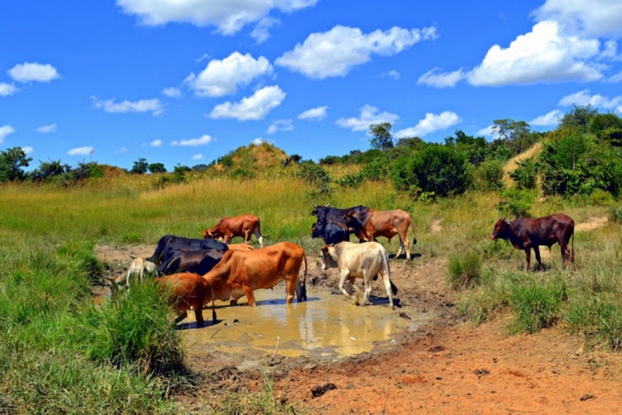
Not far down the road, there was a local school. The school had a well on the property with fresh, clean, good water. The family had tried this clean water from the well. They had tasted it and knew it was so much better than the dirty water that they walked for miles to get.
The only problem was that this well would run dry. It couldn’t keep up with the demands of the school children and the community members. If the well ran dry, school would be canceled and children couldn’t come to school for days or weeks. Having a security guard on the property to keep unauthorized members from using the well was the only solution the school could come up with.
But Charity and Ivy had tasted the clean water. They knew it didn’t make their family sick. At the risk of being beaten by the school security guard, the family would sneak in during the night to steal water from the well. At least once a week, they would try to take as much water as they could from the school’s well without being caught, and then they would ration the clean water throughout the week.
This family knew what it was like to have access to clean water. Their health was improved when they drank it, and they knew the taste was so much fresher than the dirty water they were drinking that made them gag. They were willing to resort to stealing and sneaking around in the night to get this clean water. They were truly desperate.
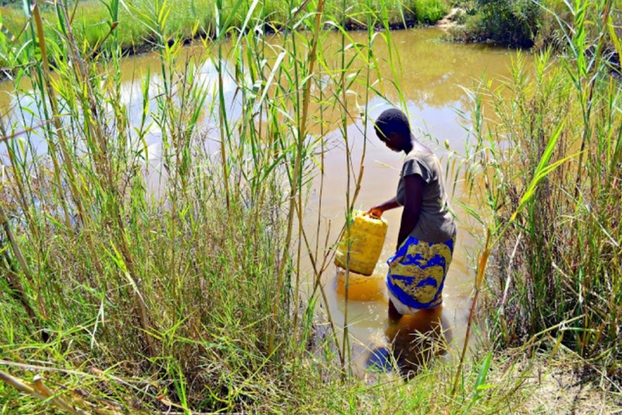
It’s hard to compare the desperation I felt when I was lost for a few hours in the woods with my three kids to the desperation that Ivy and Charity feel as they attempt to meet the most basic need for their family. I tried to relate their desperation as mothers to any desperation I have ever faced as a mother, and I simply could not. My fear of not finding a way out and being stuck in the woods overnight led me to some extreme behavior, but that is nothing compared to the fearful reality that Charity and Ivy live with daily.
Water changes everything. Nearly 1,000 children under the age of 5 die every day from causes related to contaminated water and poor sanitation. Drinking dirty water can rob an entire community of its future, but you can help change that!
World Vision believes they can solve the world water crisis in our lifetime, and you can provide hope and help for people in desperation by taking part in an awareness activity like the upcoming Global 6K for Water.
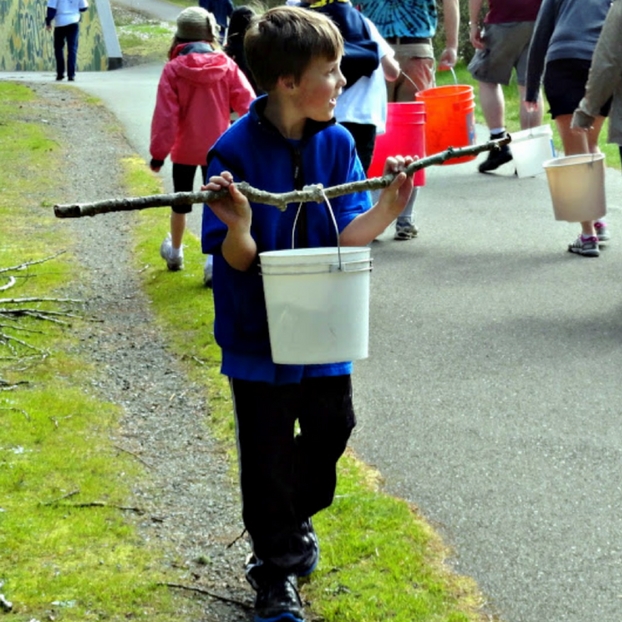
Our family has participated for the past six years in an annual walk for water in which we raise money for children and their families in sub-Saharan Africa. We walk to a local water source, fill up our buckets, and walk back. For a moment, we can catch a glimpse of what it’s like to have to walk for water.
We walk so we may better understand. We walk in hopes that our efforts mean they will no longer have to walk far for water. We walk to help do our part in taking families out of desperation. We walk so nobody will have to steal water in the night. We walk so we can help provide water that can keep a family healthy.
It costs only $50 to provide clean water to one person. Learn more about how you can bring the Global 6K to your neighborhood.
Rachel Teodoro blogs at RachelTeodoro.com.
When you walk or run World Vision’s Global 6K for Water, every step you take is one that women like Ivy and Charity don’t have to! Walk with us on May 6 so children can be healthy and go to school. Sign up today!
